Category
Search here
.Popular
-
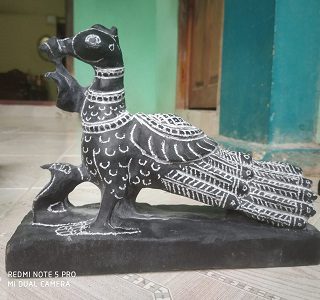 Peacock Stone Statue
₹7,500.00 – ₹35,000.00
Peacock Stone Statue
₹7,500.00 – ₹35,000.00
-
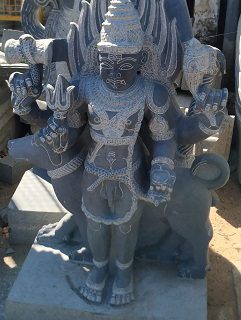 Bhairava Stone Statue
₹12,000.00 – ₹450,000.00
Bhairava Stone Statue
₹12,000.00 – ₹450,000.00
-
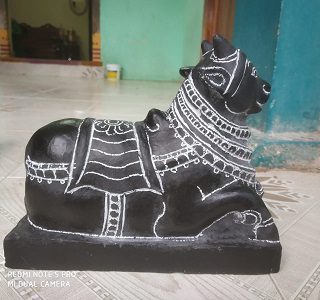 Nandi
₹7,500.00 – ₹30,000.00
Nandi
₹7,500.00 – ₹30,000.00
-
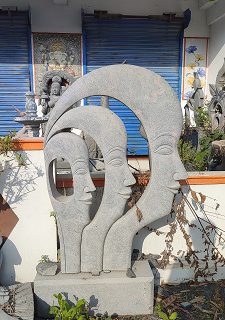 3 Head Statue
₹15,000.00 – ₹450,000.00
3 Head Statue
₹15,000.00 – ₹450,000.00
-
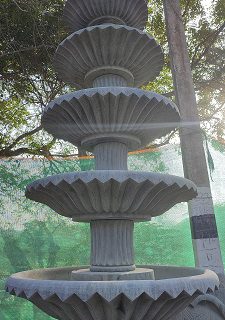 5-Tiered Water Fountain Stone
₹15,000.00 – ₹450,000.00
5-Tiered Water Fountain Stone
₹15,000.00 – ₹450,000.00
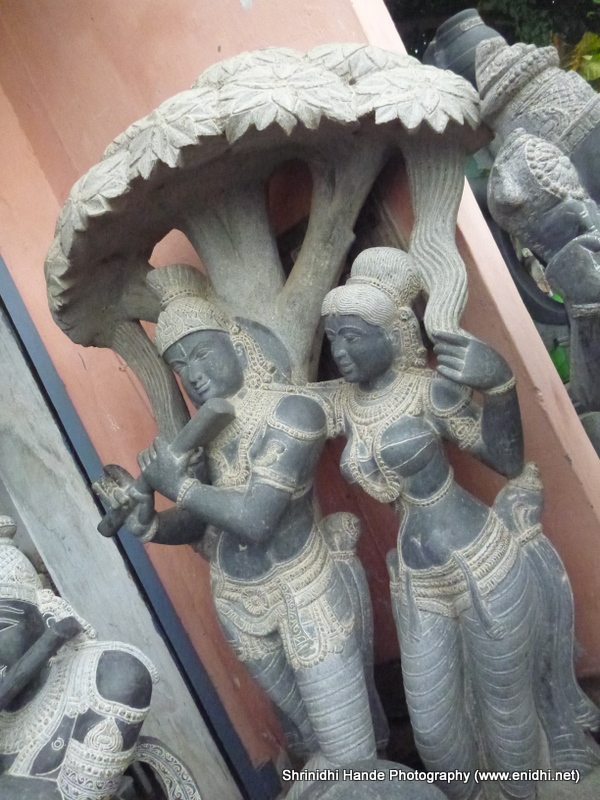
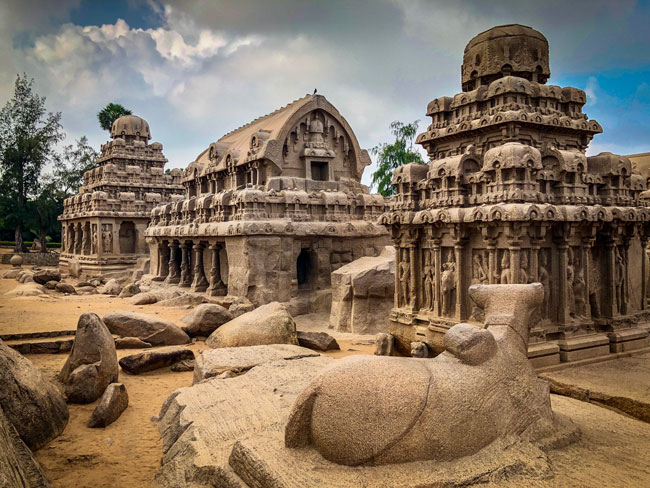
| Part of | Group of Monuments at Mahabalipuram |
| Includes | Dharmaraja Ratha Bhima Ratha Arjuna Ratha Nakula Sahadeva Ratha Draupadi Ratha |
History
The construction of the five rathas is traced back to the 7th century during the reign of King Mahendravarman I from 600–630 CE and his son Narasimhavarman I from 630–668 AD of the Pallava dynasty. An ASI inscribed tablet at the site mentions that the concept of carving the rocks in the shape of chariots or rathas was made by the Pallava dynasty keeping wooden rathas as prototypes. Construction work of the structures stopped after the demise of Narasimhavarman I in 668 AD. These structures illustrating the Dravidian architecture later became templates to temples of much higher dimensions constructed in the region subsequently. The reason for constructing the rathas, most of which have reflections of the Buddhist Viharas and Chaityas is not known till date. Although there is no connection between the structures and the Pandavas of the great Indian epic, the ‘Mahabharata’, and ASI proposed referring the structures as vimanas, but the names of Pandavas has incessantly remained linked with the structures. In 1984 UNESCO marked the place as World Heritage Site.
There are eight rathas at Mahabalipuram, out of which five are named after the ‘Pandavas’ (five brothers) of Mahabharata and one after Draupadi. The five rathas that can be seen are Dharmaraja Ratha, Bhima Ratha, Arjuna Ratha, Draupadi Ratha and Nakul Sahadev Ratha.
Once ruled by the Pallavas, famed for their excellent architecture and sculptures, Mahabalipuram has beautiful rock-cut monuments that draws architects, history enthusiasts and travellers from around the world. Mahabalipuram is famous for its vast beach, monoliths, stone carvings and temples.
In order of their size, they include the Dharmaraja Ratha, Bhima Ratha, Arjuna Ratha, Nakula Sahadeva Ratha, and Draupadi Ratha.

Leave a Reply
You must be logged in to post a comment.